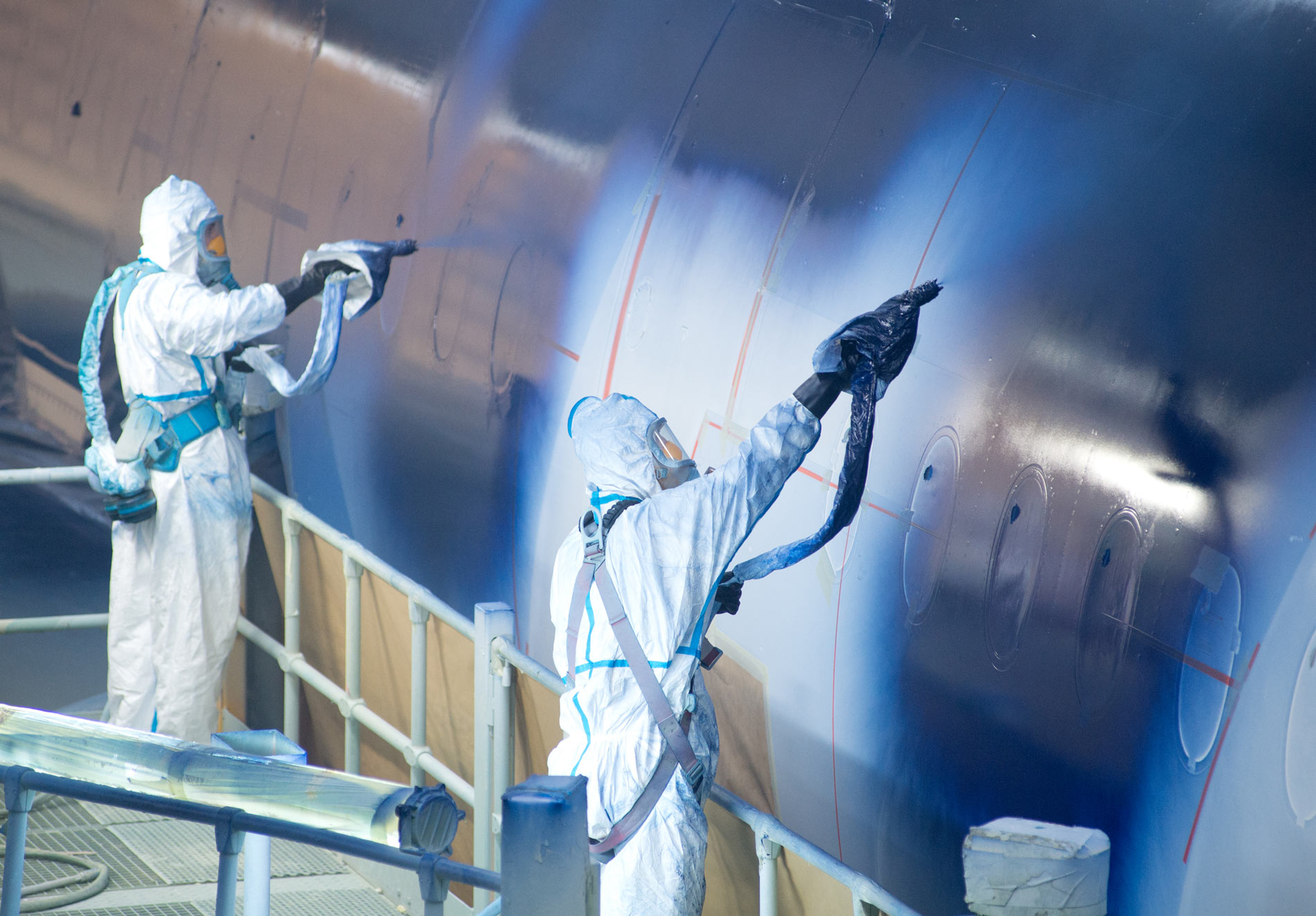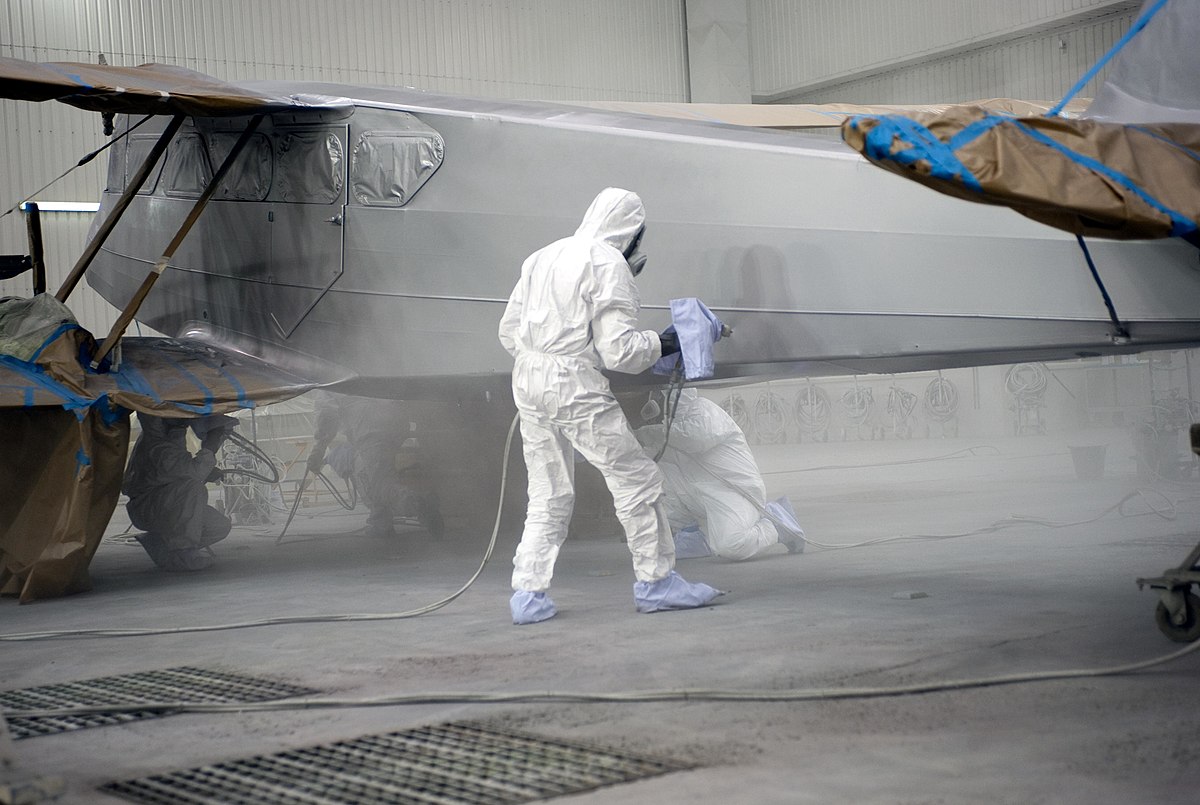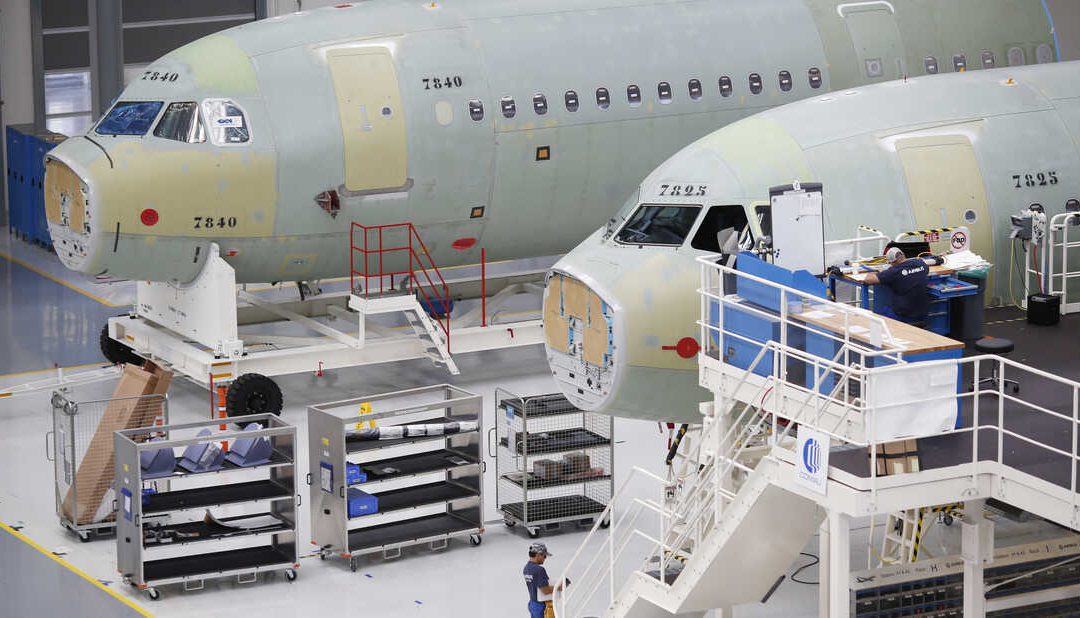The aviation industry is witnessing a technological revolution, especially in the realm of aircraft maintenance. One such area undergoing significant transformation is aircraft paint inspection. With the advent of sophisticated technologies such as Artificial Intelligence (AI) and Stroboscopy, the future of aircraft paint inspection is not only promising but also incredibly efficient and precise.

Introduction to Aircraft Paint Inspection
Traditionally, aircraft paint inspection has been a labor-intensive process. Inspectors would manually scrutinize the aircraft surfaces for any signs of wear, tear, or damage. This method, while effective, is time-consuming and subject to human error. However, the integration of AI and stroboscopic techniques is poised to revolutionize this process.
Why Aircraft Paint Inspection Matters
Aircraft paint is more than just an aesthetic feature. It plays a vital role in protecting the aircraft’s structure from environmental elements and corrosion. Any damage to the paint can lead to serious structural issues, potentially affecting the aircraft’s overall safety and performance.
The Role of AI in Paint Inspection
AI has the potential to transform aircraft paint inspection by automating the process and ensuring a higher degree of accuracy. AI algorithms can be trained to detect even the minutest flaws in the paint, which might be invisible to the human eye. This not only speeds up the inspection process but also enhances the reliability of the inspections.
How AI Works in Paint Inspection
AI-powered systems use machine learning algorithms trained on vast datasets of paint defects. These systems can then analyze real-time images or data from the aircraft’s surface to identify any anomalies. The system can flag any potential issues for further manual inspection, ensuring that no defect goes unnoticed.
Benefits of AI in Paint Inspection
- Efficiency: AI can inspect larger areas in a shorter time compared to human inspectors.
- Accuracy: AI systems can detect smaller defects with a higher degree of precision.
- Consistency: Unlike humans, AI systems do not get tired, ensuring consistent inspection quality.
Stroboscopy: A Tremendous Advancement
Stroboscopy, traditionally used in medical fields, is being adapted for use in aircraft paint inspection. It involves using strobe lights to illuminate the aircraft’s surface while capturing high-speed images. These images can then be analyzed for any signs of defects.
How Stroboscopy Enhances Inspection
Stroboscopic techniques allow inspectors to capture images of the aircraft’s surface at different angles and lighting conditions. This provides a more comprehensive view of the surface, making it easier to spot any defects or irregularities.
Integration with AI
When combined with AI, stroboscopy becomes an even more powerful tool. AI algorithms can analyze the high-speed images captured by the stroboscopic equipment, identifying defects with unparalleled accuracy. This integration ensures that the inspection process is both thorough and reliable.
Case Studies: Successful Implementation
Several aviation companies have already begun implementing AI and stroboscopic technologies in their paint inspection processes. These early adopters have reported significant improvements in inspection efficiency and accuracy.
Company A
Company A, a leading airline, has integrated AI-based systems for their paint inspections. Since implementation, they have seen a 30% reduction in inspection time and a notable increase in defect detection rates.
Company B
Company B has introduced stroboscopy in their maintenance procedures. The high-speed imaging has allowed them to identify and address potential issues before they escalate, significantly reducing maintenance costs and enhancing aircraft safety.
Challenges and Future Prospects
While the integration of AI and stroboscopy in aircraft paint inspection is promising, it does come with its own set of challenges. High initial costs and the need for specialized training are some of the barriers to widespread adoption. However, as technology advances and becomes more accessible, these challenges are likely to diminish.
Future Prospects
The future of aircraft paint inspection is bright. With continuous advancements in AI and imaging technologies, we can expect even more precise and efficient inspection methods. Additionally, as more companies adopt these technologies, the aviation industry as a whole will benefit from enhanced safety and reduced maintenance costs.
Conclusion
In conclusion, the future of aircraft paint inspection lies in the integration of AI and stroboscopic technologies. These advancements offer tremendous potential for improving the efficiency and accuracy of inspections, ultimately ensuring safer and more reliable aircraft. As we embrace these technologies, the aviation industry stands to benefit greatly, leading to a new era of innovation and safety.
Relevant Internal Links
External Link
For more insights on how aircraft are painted, you can visit this external link.

FAQs
What is the role of AI in aircraft paint inspection?
AI automates the inspection process, ensuring higher accuracy and efficiency by detecting minute defects that human inspectors might miss.
How does stroboscopy enhance paint inspection?
Stroboscopy uses strobe lights to capture high-speed images of the aircraft’s surface, providing a comprehensive view that makes it easier to spot defects.
What are the benefits of integrating AI and stroboscopy in paint inspection?
The integration of AI and stroboscopy offers improved efficiency, accuracy, and consistency in inspections, leading to enhanced safety and reduced maintenance costs.
